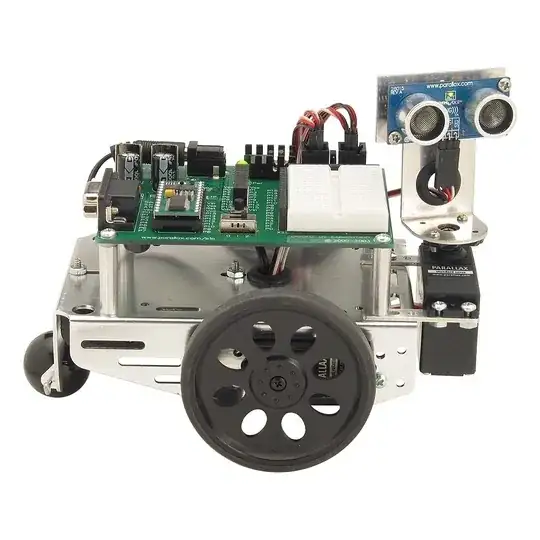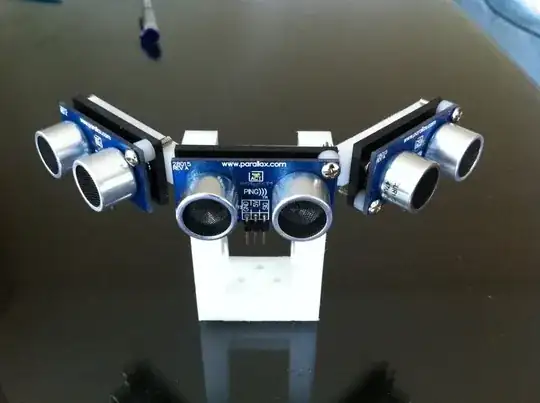I am working on a human following robot project and I am trying to achieve this with 1 Ultrasonic sensor that makes sure the robot won't crash into something and 3 PIR sensors that will detect human movement.
The robot has an Ultrasonic Sensor and a PIR sensor attached to the front and a PIR sensor attached to the right side and another PIR sensor attached to the left side.
If the front PIR reads HIGH, then the robot will move forward. If the left or right PIR reads HIGH, then the robot will start turning in a 360 degree motion to the left/right side and will keep on doing so until the front PIR reads HIGH, and the robot moves forward again.
I am currently working with this build and I am having issues with the sensors. Sometimes they read HIGH when they shouldn't and sometimes they read LOW when they should be reading HIGH.
So my question is, what can I do to help the PIR sensors with getting the correct reading and is it possible to do so while the robot is turning?
Also, how will calibration work here? Am I able to let the robot turn slowly in 360 degree motion so the 3 PIR sensors will be calibrated with the rooms surrounding or is this a dumb question? If so I'm sorry, I am pretty new to PIR sensors.
UPDATE:
Thanks for the help everyone. I have now replaced the side PIR sensors with Ultrasonic sensors. I have kept the front PIR sensor though. It is working a lot better than with the side PIR sensors and I thank you all for your input.


